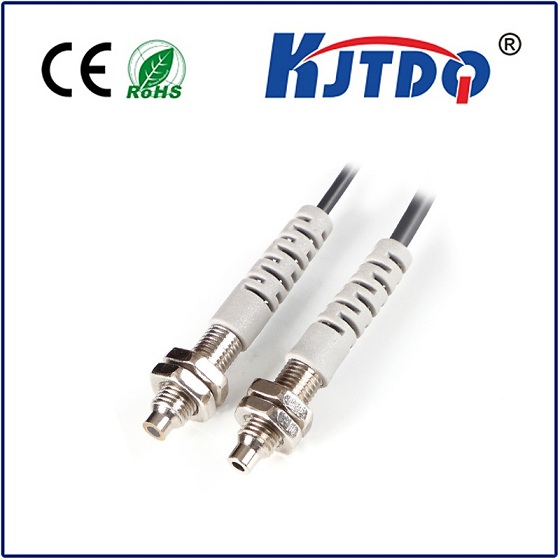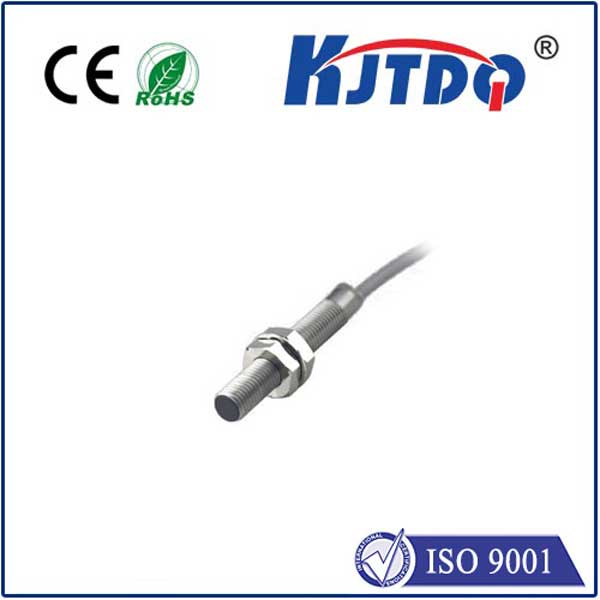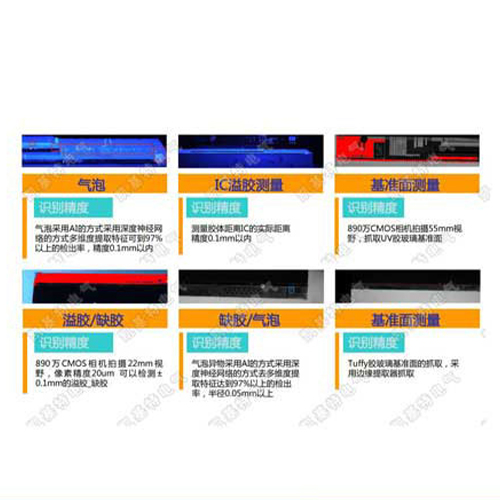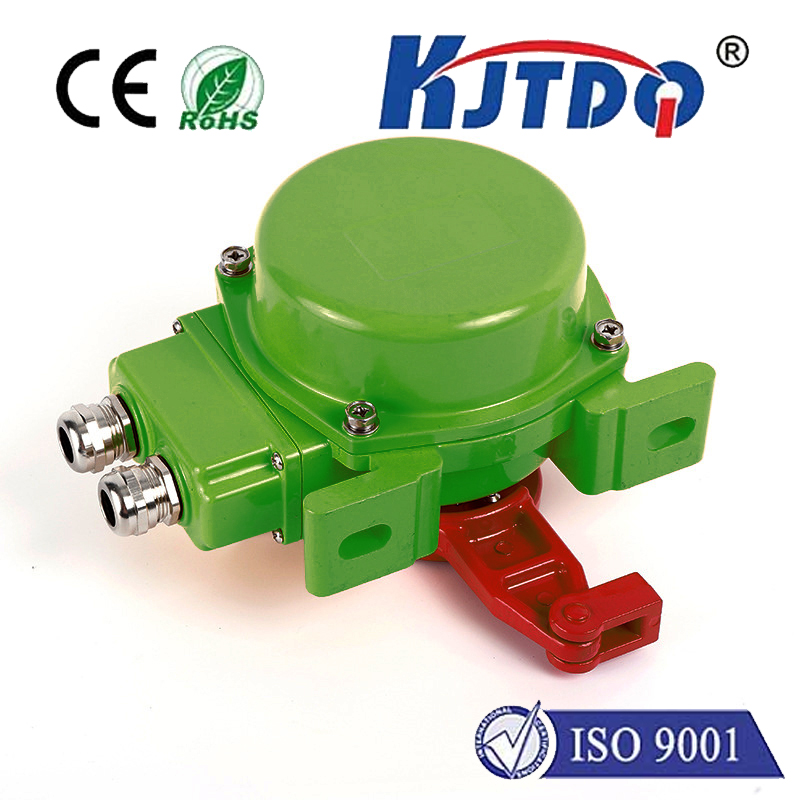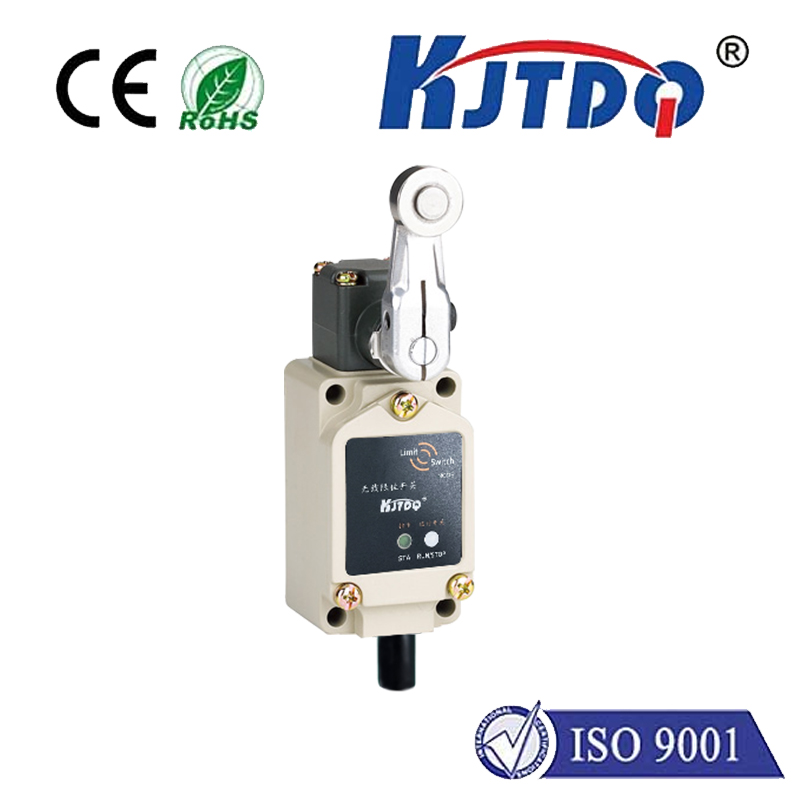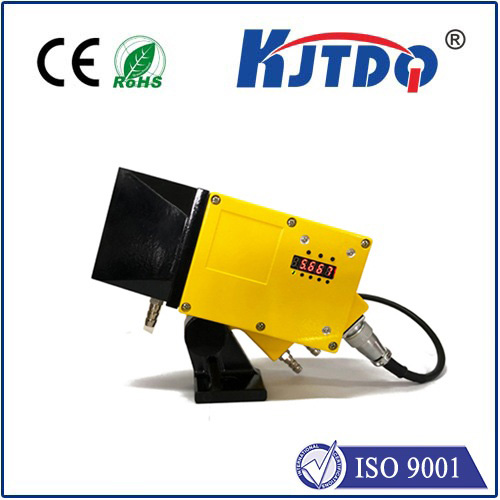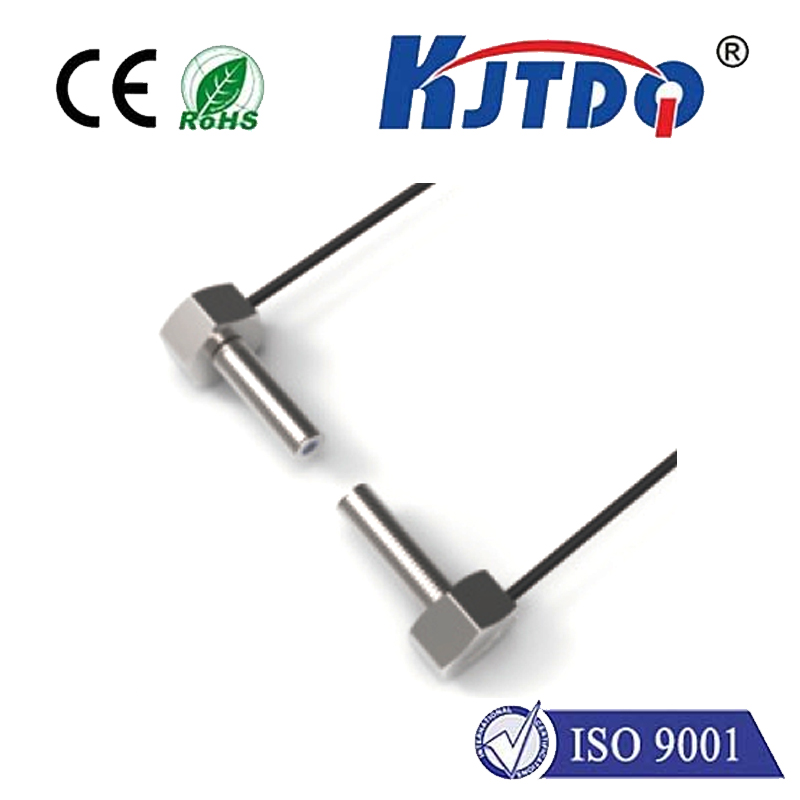plc sensor
- time:2025-08-25 02:43:17
- Нажмите:0
The Vital Partnership: How PLCs and Sensors Drive Industrial Automation
Imagine a complex factory floor humming with activity. Raw materials flow in, machines stamp, cut, and weld with precision, and finished products glide towards shipping. Ensuring this intricate dance happens flawlessly, safely, and efficiently requires constant monitoring and lightning-fast decisions. At the heart of this orchestrated chaos lies a critical partnership: the PLC and the sensor. This dynamic duo is the cornerstone of modern industrial control, turning physical data into actionable intelligence.
Understanding the Key Players: PLC and Sensor Defined
First, let’s break down the roles of these fundamental components:
- PLC (Programmable Logic Controller): Often called the brain of the automation system, the PLC is a ruggedized industrial computer. Its primary function is to continuously:
- Monitor Inputs: Receive signals (digital on/off or analog variable values like temperature or pressure) from connected devices – primarily sensors.
- Execute Logic: Run a stored program (ladder logic, function block diagram, structured text, etc.) that defines how the system should respond to those inputs.
- Control Outputs: Send command signals to actuators (motors, valves, relays, alarms) based on the program’s logic to perform the desired physical actions.
- PLCs are designed for reliability in harsh environments (dust, vibration, temperature extremes) and offer determinism – predictable response times crucial for safety and process control.
- Sensor: Sensors are the sensory organs of the automated system. They are devices that detect physical phenomena or changes in the environment and convert them into an electrical signal understandable by the PLC. Common types in industrial settings include:
- Proximity Sensors: Detect the presence/absence of metallic (inductive) or any material (capacitive) objects without physical contact. Essential for position detection and object counting.
- Photoelectric Sensors: Use light beams (visible, infrared, laser) to detect objects, distance, color, or contrast. Crucial for presence detection, positioning, and sorting.
- Limit Switches: Mechanical switches activated by physical contact with an object. Often used for end-of-travel detection.
- Temperature Sensors (Thermocouples, RTDs): Measure heat levels. Vital for process control in heating, cooling, and machinery monitoring.
- Pressure Sensors/Transducers: Measure fluid or gas pressure. Key for hydraulic systems, pneumatic controls, and tank levels.
- Level Sensors: Detect the fill level of liquids or solids in tanks or hoppers.
- Flow Sensors: Measure the rate of fluid (liquid or gas) movement.
The Synergistic Workflow: From Physical World to Digital Control

The true power emerges when PLC sensors work together seamlessly. Here’s a typical workflow illustrating this vital automation partnership:
- Sensing the Environment: A sensor detects a physical condition – for example, a photoelectric sensor beam is broken by a part moving along a conveyor (detection event).
- Signal Conversion: The sensor converts this physical event (beam broken) into a standardized electrical signal (e.g., a digital signal switches from 24VDC to 0VDC).
- Input to PLC: This electrical signal is sent to an input module on the PLC. The PLC continuously scans the state of all its inputs.
- Logic Execution: The PLC’s processor reads its stored program. The program contains instructions like: “IF Input X1 (photoelectric sensor) is ON (beam broken), THEN activate Output Y1 (conveyor motor stop) AND activate Output Y2 (pneumatic cylinder to push part off conveyor).”
- Output Command: Based on the program’s logic evaluating the sensor input (Input X1 = ON), the PLC sends signals to its output modules. These signals activate the output devices specified – stopping the conveyor and triggering the cylinder.
- Physical Action: The output devices physically respond. The conveyor stops, and the cylinder pushes the part onto the next station, completing an automated sequence.
- Continuous Loop: This cycle – sense (sensor) -> input scan (PLC) -> logic solve (PLC) -> output update (PLC) -> physical action (actuators) -> sense again – happens continuously, often in milliseconds. This is the fundamental closed-loop control enabling automated systems.
Why This Partnership is Indispensable in Industrial Automation
The integration of PLC control systems with a diverse array of sensors delivers transformative benefits:
- Enhanced Efficiency & Productivity: Automation sequences triggered by sensor inputs (like part presence) minimize manual intervention, speed up processes, and maximize machine uptime.
- Uncompromising Quality Control: Sensors provide continuous, precise measurement of critical variables (size, position, fill level, temperature). The PLC uses this data to make real-time adjustments or flag deviations, ensuring consistent, high-quality output. This level of precision is impossible to sustain manually.
- Robust Safety: Safety sensors (light curtains, safety mats, emergency stop monitors) are paramount. The PLC rapidly processes their signals to instantly initiate safety protocols like stopping hazardous motions, preventing accidents and protecting personnel.
- Real-Time Monitoring & Data Acquisition: Sensor data fed to the PLC provides invaluable insight into machine performance and process health. This data can be logged, visualized (via HMIs - Human Machine Interfaces), and used for predictive maintenance and process optimization.
- Adaptability & Flexibility: PLCs are programmable. If a process needs to change or sensor types need to be added, the PLC program can be modified relatively easily compared to hard-wired relay systems, offering significant future-proofing.
- Reduced Downtime: Consistent monitoring via sensors allows the PLC to detect anomalies early (e.g., rising motor temperature via a thermocouple), triggering alarms or maintenance requests before catastrophic failure occurs.
Optimizing the PLC-Sensor Connection
For this critical automation synergy to function optimally, several factors are key:
- Sensor Selection: Choosing the right sensor type (digital/analog, sensing range, environmental rating, output type) is fundamental for reliability and accuracy. A mismatch can lead to system failures.
- Proper Wiring & Shielding: Industrial environments are electrically noisy. Correct wiring practices and shielding prevent signal interference (electromagnetic interference - EMI) that could corrupt sensor data.
- PLC I/O Configuration: The PLC must be correctly configured to interpret the signals coming from the specific sensors connected to its input modules (e.g., setting input filters, defining analog signal scaling).
- Robust Programming: The PLC logic must accurately reflect the desired response to all possible sensor states and combinations. Thorough testing is essential.
- Calibration & Maintenance: Sensors can drift over time. Regular calibration and maintenance ensure they provide accurate data to the PLC. Garbage in = Garbage out.
The Future: Smarter Integration
The PLC sensor relationship continues to evolve. Smart sensors with embedded intelligence (microprocessors) can perform local preprocessing of data (like filtering or basic computations) before sending it to the PLC, reducing the PLC’s processing load. The rise of Industrial Internet of Things (IIoT) sees sensor data increasingly routed not just to PLCs, but also to higher-level SCADA/MES/Cloud systems for broader analytics, predictive maintenance, and overall operational intelligence. However, the fundamental, real-time control loop between the sensor and the PLC remains the bedrock of safe and responsive automation.
Выводы
The PLC and sensor are not isolated components; they form the essential feedback loop enabling modern industrial automation. Sensors provide the critical eyes, ears, and touch for the system, translating the physical world into electrical signals. The PLC acts as the central nervous system, processing these signals with

